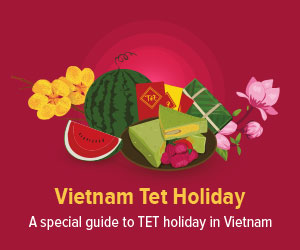Calligraphy Streams in Vietnam
Although small in geographical area, Vietnam still has so much to be proud of, especially in terms of arts and culture.
Much has evolved in the span of a decade, and Vietnamese calligraphy, a vital aspect of Vietnamese culture, has integrated both traditional and contemporary influences, resulting in a dynamic and diverse art form as seen today.
A Quick Look Into Vietnamese Calligraphy
In Vietnamese, calligraphy is referred to as “Thư Pháp”; where “Thư” indicates script and “Pháp” translates to rule. Together, the term encompasses "the rule of writing." Over the years, Vietnamese calligraphy has transformed, evolving from mere guidelines for beautiful writing to an artistry that imbues every character with aesthetic depth and philosophical significance.
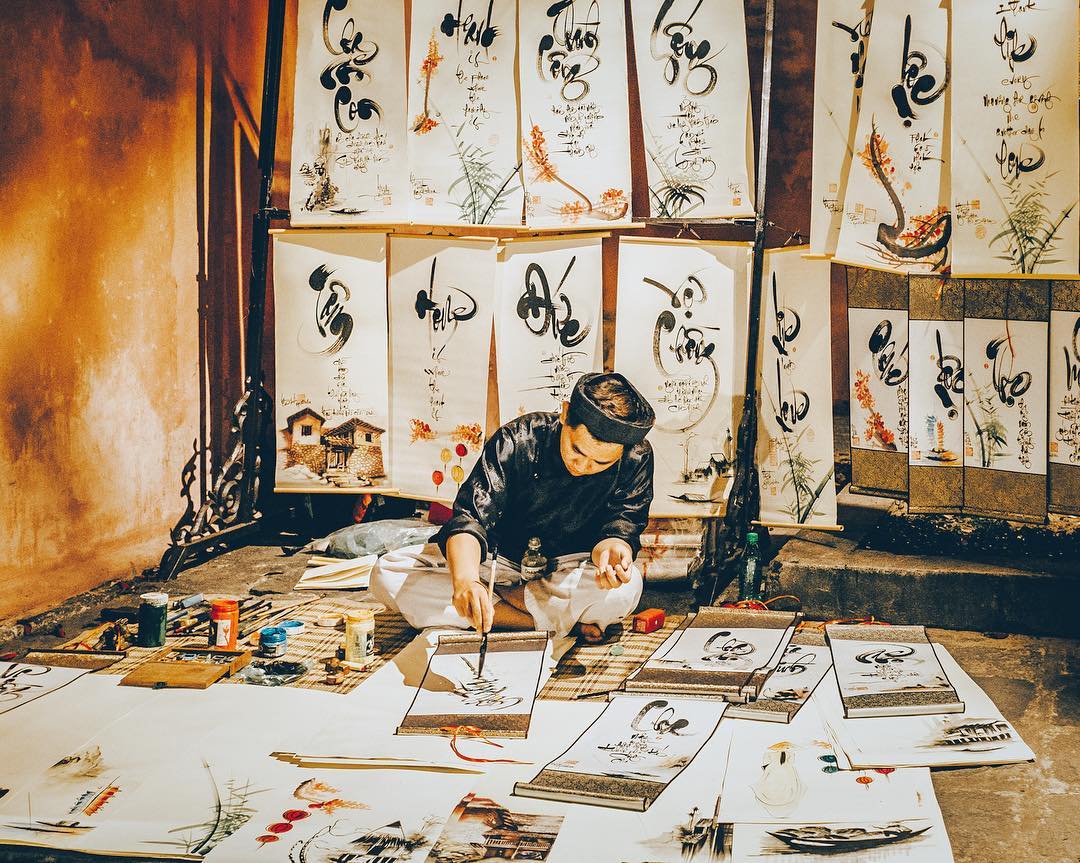 Vietnamese calligrapher performs Thư Pháp
Vietnamese calligrapher performs Thư Pháp
In contrast to Western calligraphy that utilizes various tools like pen nibs, rulers, and compasses to achieve precise proportions, Vietnamese calligraphers embrace simplicity, relying solely on brushes and black ink to capture the hidden beauty of thoughts and emotions within their work.
Hán-Nôm Calligraphy - The Classical Calligraphic Stream
When people think of calligraphy, Chinese art often comes to mind as it is the birthplace of this form. Historically, Vietnamese calligraphy has been heavily influenced by Chinese calligraphy due to cultural exchanges and its geographic proximity. As a result, Vietnamese writings often incorporate Han script (Chinese characters).
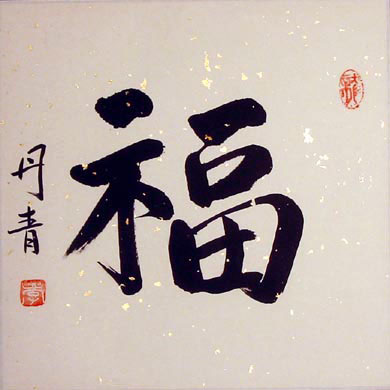 An original calligraphy piece written in Chinese script
An original calligraphy piece written in Chinese script
However, Han script ultimately could not encapsulate the richness of the Vietnamese language, leading to the development of Nôm script, which became an essential element of Vietnamese calligraphy. Differing from Chinese traditions, Hán-Nôm calligraphy embodies classic Vietnamese artistic expressions.
While Hán and Nôm calligraphy share similarities in writing style and required materials, they remarkably diverge in thematic expression. Hán calligraphy often reflects profound scholarly ideals, while Nôm art is deeply rooted in the feelings and aspirations of ordinary life, aiming to resonate with the hearts of the Vietnamese people through virtue, beauty, and aspirations.
Seeking to innovate beyond Hán-Nôm calligraphy, contemporary Vietnamese calligraphers have also embraced two additional streams: modern Vietnamese script calligraphy and “Tiền Vệ” (Zenei Shodou) calligraphy.
Modern Vietnamese Script Calligraphy
Building upon the essence of Hán-Nôm calligraphy, modern Vietnamese script calligraphy has flourished over the past decade, representing a respectful innovation of the traditional style while preserving its rich heritage.
This form remains closely aligned with Hán-Nôm calligraphy in its use of brushes and Chinese ink, the arrangement of letters within square or circular forms, and the significance of seals. However, modern Vietnamese script calligraphy exhibits a broader stylistic diversity.
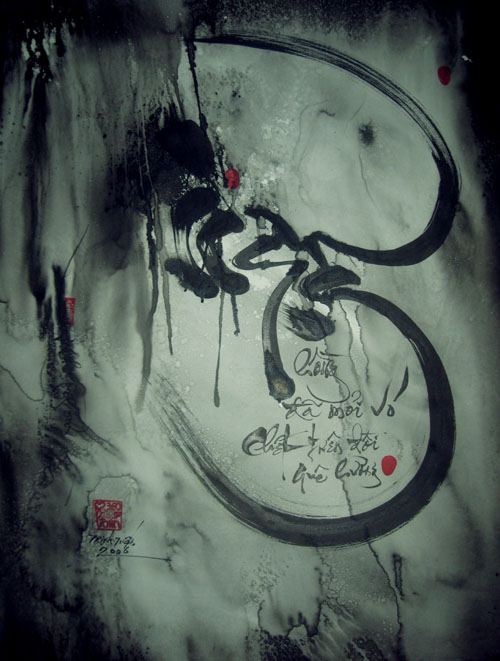 “Tiền vệ” Calligraphy (Zenei Shodou)
“Tiền vệ” Calligraphy (Zenei Shodou)
The latest addition to the calligraphic streams in Vietnam is “Tiền Vệ” calligraphy, introduced by avant-garde calligrapher Lê Quốc Việt in 2006 after he was inspired by a contemporary arts exhibition in China. Since then, Việt and his team, known as "The Zenei Gang of Five," have passionately promoted this innovative approach, capturing considerable attention.
Remarkably, understanding the meanings behind Hán and Nôm is unnecessary to appreciate the Tiền Vệ style, which focuses more on evoking emotions than on conveying intellectual thoughts. This art form leans toward abstract expressionism, merging painting and calligraphy, allowing for varied interpretations by each viewer.
Tiền Vệ calligraphy breaks from established norms of traditional forms: artists can incorporate any script—Hán, Nôm, or Roman—within a single work, and arrangements can feature multiple layers and script sizes. Moreover, materials can be diverse, including paper, glass, wood, and even skin. Unique tools can also be employed, where calligraphers might use the footprints of their pets or spontaneous ink splashes to create dynamic elements.
Lê Quốc Việt emphasizes that his aim in introducing this calligraphic stream is to redefine and refresh a revered art form. He believes that sticking to traditional methods limits creative potential and that it's time for a revitalization of Vietnamese calligraphy to reflect contemporary expressions.

11 Horoscopes In The Year Of The Dragon
The dragon year can be a booster-for-all for all other zodiacs.

Vietnam's 5 Most Important Festivals & Travel Tips
Vietnam's cultural richness stands out with a variety of traditional festivals.
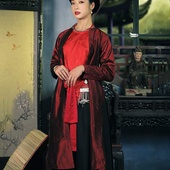
Kinh People
Vietnam is known for its cultural diversity with 54 ethnic groups, in which, Kinh or Viet people accounts for nearly 90% of the whole population.



